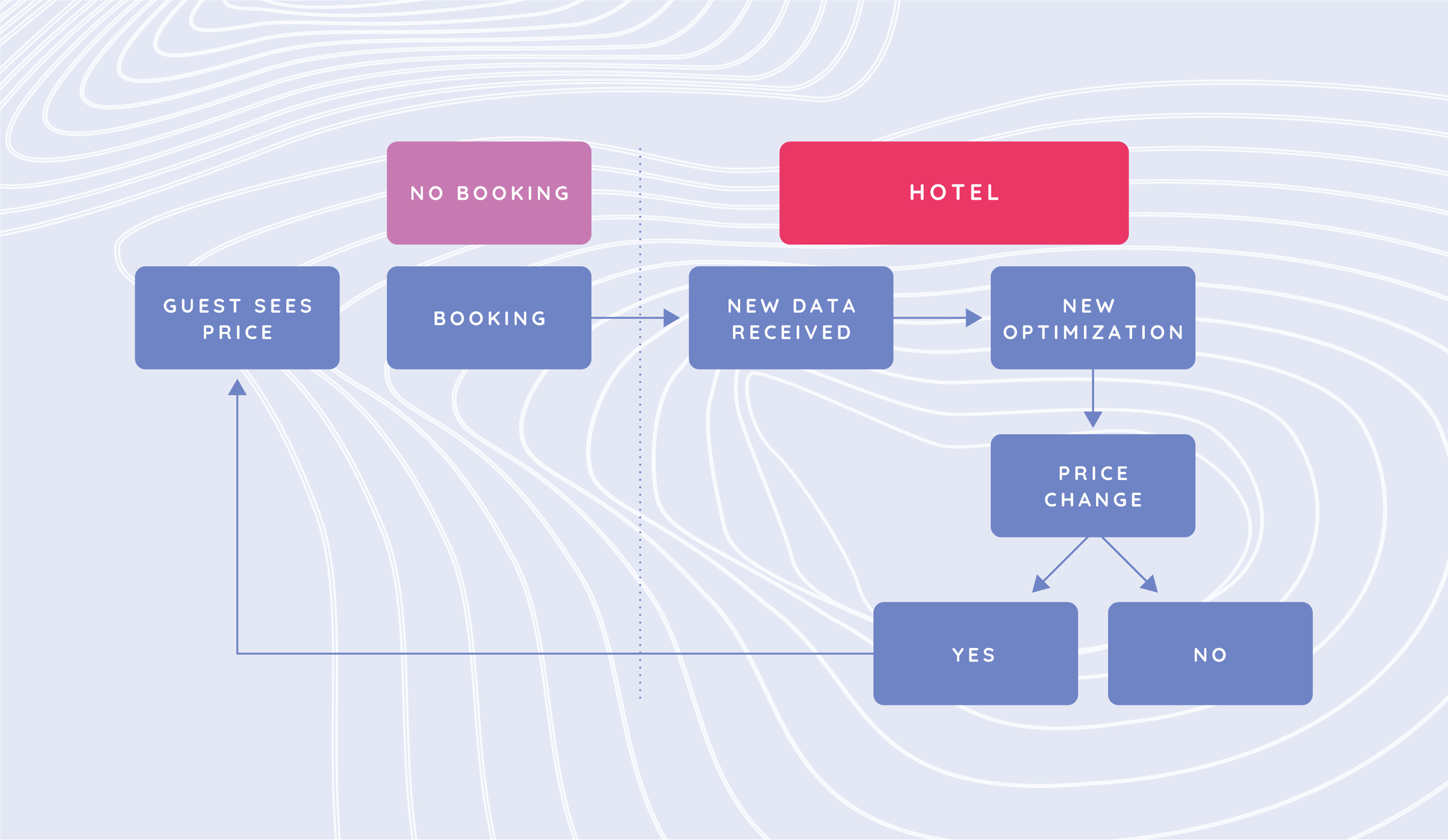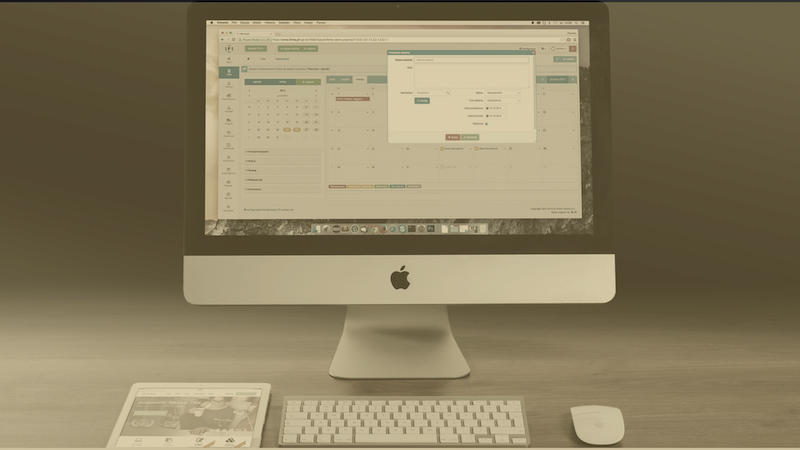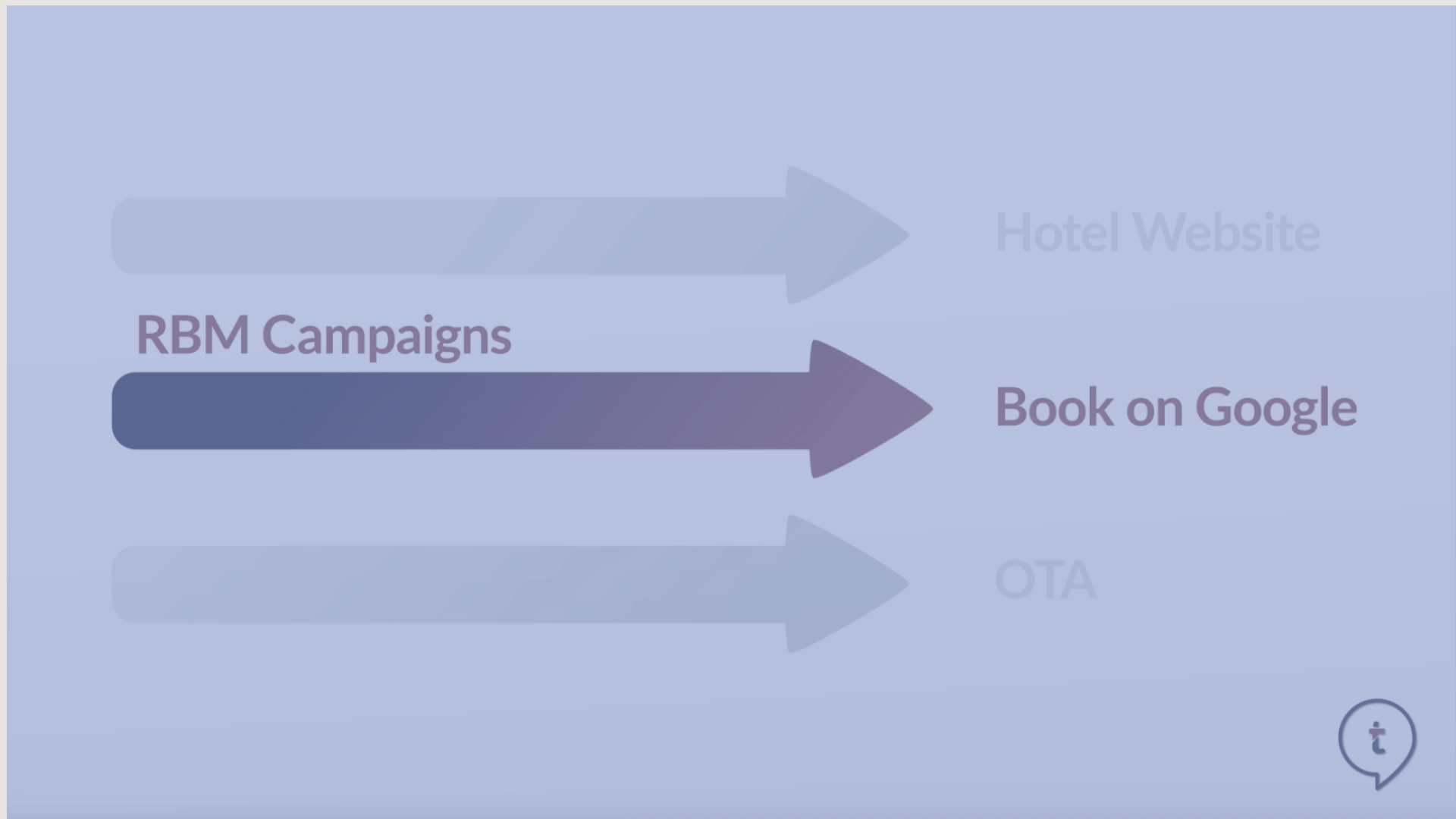Full Article | A Manifesto of real time pricing – By Fabian Bartnick, Founder of Infinito
Part 1. An industry veteran's perspective to the hotel industry student
Dear Student,
I want to be honest with you: you will be in for a shock when you enter the industry after your studies.
Imagine a world where you take a picture, get it developed, put it in an envelope, go to the post office, send it to Instagram, wait two weeks for them to receive it, then scan it and then add it to your feed.
The industry is amazing, don’t get me wrong, but the application of what you are used to in your own-personal-real life are mostly not there – seamless connectivity, virtual assistants and real-time are words that are just that – words!
According to research by Skift (April 2019):
- 16.5% of hotels worldwide use sophisticated revenue management technology (one main job is to price) that goes beyond Excel spreadsheets, heuristics and gut feeling.
- 55% of total room revenue is not overseen by revenue management tech.
This equals a $330 billion opportunity for growth. Welcome to our world ?
Now let’s talk real-time pricing. And when we talk real-time pricing, we also need to talk about connectivity and automation. Let’s go through some theoretical scenarios and explanations (I drilled it down to four obvious ones but there could be more):
- Scenario 1: Automated decisions in a 100% connected environment – Imagine it like Netflix starting the next episode of the series when you just finished one episode
Real time pricing does just that – pricing in real time going from A (hotel) to B (various systems) to C (Consumer) instantly
Best imagined: every time new data is received (e.g. reservations), a system will re-run its optimization algorithm and spit out a) no price change, or b) a price change (up or down) and then distribute the price-change to various systems ultimately reaching the end consumer instantly.
- Scenario 2: User decides in a 100% connected environment – Imagine it like your Instagram
Real time pricing now becomes in-the-moment-pricing. I.e. whilst you can argue that the user sees “real time information, ie. Latest information” when logging in – what happens when the user doesn’t log in or decides the optimized price is not right?
- Scenario 3: Automated decisions in a patchy connection environment - Imagine it like going to a meeting late – it started, some people are missing, boss still started
Tricky scenario. The technology does what it is supposed to do: Run algorithm when new data is received. However, here we are seriously breaking the real time cycle as data might only be received in intervals or in batches. So, whilst the data push (sending prices) is instant, the collection of data might be missed opportunities until the next time data comes around.
- Scenario 4: User decisions in a patchy connection environment - Imagine it like trying to post that Instagram picture with no wi-fi and a 2G connection
This is a real bummer. Not only do you receive data in intervals but if you are not available then you miss the optimization cycle all together and your new recommendations just sit there until you decide to push them (even worse, imagine you have to enter every reservation manually).
- Caveat: Real-time just a fancy buzzword?
Well, even in a 100% connected environment (you receive and push data instantly) you will find very few examples where external data (e.g. rates of competitors) and own data (e.g. reservations data) are collected at the same time and in sync – i.e. new reservation is received, rate data for comp set is 2hrs old, market level data is 8 hrs old – a decision is taken - would you consider that real time or real time with not all data required to make it fully work?
My advice: When someone tells you, they do real-time – ask them what it actually means.
See you around the track,
Your Industry Veteran
Part 2. The Owners view
Dear Hotelier,
Another buzz-word to get excited about. We can’t even do pricing properly as an industry and now we are doing real time pricing?
Let me tell you my point of view.
- My asset has a certain value that I do not want to go below. Yes, it might be my subjective view, but live with it. It’s mine! Find a way to sell the value!
- Let me tell you how I see Revenue Management handle pricing mostly: Demand goes down, we resort to discounts and drop our pants. Demand increases and we increase our rates. There you have it – I am a Revenue Manager.
Lastly, I’ll let you in on a secret: It is about cash flow and profit! Here is something to think about:

My asset costs me roughly 160k a month to break even. Your revenue forecast tells me that we will be doing 120k. What use is that to me that you now price real time?
I need you to tell me how we can get to 160 and beyond, not to 120! 120 is not going to cover my loan re-payments! And before you ask: I don’t accept that there is “not enough demand out there” because how come our comp set is equally running at 70%?
There are rooms – start selling differently, stop managing demand, be part of creating the demand, steal demand.
Don’t get me wrong, I do believe in optimization, but we must do better than – no demand - drop price, high demand - increase price; even when real time. A $1 rate increase in my selling price here or there will not dramatically shift my business to new highs.
Whilst we are lacking the speed of decision making, we are more lacking the full picture when making decisions and the right approach to positioning. The understanding that profit is the ultimate king, not just bums in bed. A discount a few days out is not going to make you rich, it just means our approach for the last 365 days leading up to that moment was not optimal.
We both want the same thing: We want to make the best out of my asset. You from a topline perspective, me from bottom line perspective.
I will continue to challenge you and at times we agree, at times we disagree. Do I think pricing is important? Absolutely, but so is driving my direct traffic, my conversion stats, my ranking on OTA’s, my content, etc. Do I think that real-time will be the solution to my current problems? Show me the ROI of real-time vs non-real time and we talk!
Regards,
Your Owner
Part 3. The Revenue Managers perspective
Dear Owner,
I need help! My job is not the same as it was five years ago. The stuff I must deal with day in, day out is driving the best of us crazy. I know you don’t want to be bogged down in the details, but I need you to listen and see that the benefits outweigh the risks.
You are the owner; it is your asset. I understand that. I am one of the team members you employed to drive your topline. To do that I need technology, I need to be agile, I need to be on the ball, I need to be automated. I cannot do that without technology. And yes, using technology and algorithms to get the price right: Yes, a need, not a want!
You understand numbers so let’s run a quick mind-game on our retail pricing only:
- We have 365 days in a year.
- Guests can book anything from a length of stay of 1 to Length of stay 30.
- We have 5 rooms types
- We have 2 different rate plans (advance purchase and flexible)
That’s a whooping 100,000+ pricing decisions we need to take. Even if just 10 days need changes that means 3000 decisions / calculations to be looked at. How do you want me to calculate all that accurate right then and there? In the moment, right then and there? You add the rate shopping data; the market data and you are out there for days on end before you can decide.
Here is another way of looking at it: See it as automation and analytics. For me, it should do one of the three things, if not all:
- Drive revenue (e.g. Optimization)
- Reduce Risk (e.g. Fraud detection, anomalies)
- Enhance productivity (e.g. Automation)
An automated real time pricing system will give me and you all three.
- If it has one purpose it is to drive your revenue through optimization
- Me manually trying to capture everything and missing something – bigger risk
- Heavy work load done, now I can focus on strategies that have impact
And before you ask, no, this does not mean that now you get a system and get rid of me. This would be counterproductive. You trust me enough to run your revenue discipline, then trust me enough that I do require automation and algorithms in real time.
I guess the question is, do you want to be part of the 16.5% that benefits from price optimization in real time or do you prefer being the part of the 83.5% that does not?

Regards,
Your revenue team
Part 4. Conclusion – Myth vs. Reality
Having read all three chapters: are you any wiser now? a believer or have more and more doubts grown in your mind?
One study says 16.5% of the world uses revenue / pricing systems. Urban legends say 20%-30% of hotels use (i actually tried to prove that urban legend and was not able to find a single study to support). Other studies say that only 15% change pricing daily and 70% change prices less than every 2 weeks (TwoSMARTfellas / booking.com). That puts thoughts in my head...mostly around the “why is that?”:
- Do most of us have no idea of what we are doing?
- Did we do a really bad job at educating the industry over the last 20 years?
- Is the tech we are given fighter pilot material?
- Is it simple physics - the law of motion? (Inertia?)
- Are we too busy with other things and pricing is a want not a need?
- Any other points that come to your mind?
In addition, just before writing this manifesto an article was released that shows the following (thanks Skift for impeccable timing):
Hang on one second, isn’t everyone screaming from the roof-top about their real-time pricing capabilities? Is it the good old game of how you interpret “real-time”? And to be clear: before we fall back on “on-demand”...on-demand is not real time as when no-one does “on-demand” then no pricing will be done.
If real time pricing means:
- we get a data upload,
- followed by we run calculations,
- followed by we instantly send those back to the distribution landscape on autopilot
Yes you are right - you are sending prices in real time. But you are not pricing real-time, are you?!? You are the: whenever-I-get-data-(mostly at the same time)-during-the-day-real-time kinda guy. No new data, no pricing...and the world moves on.
If real time pricing means:
- We get a reservation
- followed by we directly optimize (no change or change in price)
- followed by we instantly automatically update (no human intervention)
Hands down, congratulations: you are pricing real-time as every time a new reservations arrives, you 're-calculate / optimize (optimize can also include not changing the price). In this scenario do you truly optimize though? Do you truly take in all new data required?
If you are in the camp that says: Internal Data only matters! Then yes, you achieved your goal. If you believe that outside data matters then you say: Hang on!
Let me explain:
- We get a new reservation
- followed by we instantly rate shop that particular reservation day to get real time price data
- followed by we instantly get the latest market information for that day
- followed by we optimize and update instantly without human intervention
Done! Not really happening though! and if so, how many of the 16.5% are doing this without intervention? I believe we have a long way to go! You couple that with the complexities of how pricing is distributed in the industry and you must ask: What price are we optimizing? all of them, some of them, just one (the base)?
Real time pricing is still flawed today as either not all data is coming in at the same time, we are not 100% connected, rates popping up where we don’t want them, we like the human intervention, etc. It might be instant the moment you get data, and at times automated, but not real-time all the time.
Does this mean we are wrong and it is all for nothing? Absolutely not! The theory is strong and benefits are more prominent and the believe is growing in the community. Automation, algorithms and technology are a must in this day and age!
We have to be mindful about how we stretch the words pricing and real-time as of today when we have conversations - and I mean honest conversations; as vendors, as hoteliers, as owners, as students. It doesn't mean we are wrong - it just means that we are working towards a grand finale!
And looking at it more closely. do we really have to worry about (real time) pricing or do we have a more underlying business process problem to (real time) pricing that we need to solve? The Black and White TV problem: every week the same programs: 8am run pick up reports, 9am go morning meeting, 10am run reservations entered on report, price, run again, 11am meeting…remind me again why the entire world has to price at 9am in the morning considering our business comes from a 24hr world?
A final word: Think Netflix!
Let’s park the real-time for the moment (thinking back to the 80%+ that don't use sophistication). Instead of debating if you should or shouldn’t adopt a more sophisticated approach to pricing: Just do it!
If someone back in the “Black and White TV days” gave you a tablet with Netflix. Would you have said: Nah thanks, I wait for another 7 days to watch the next episode. If someone in the 1980s/ early 90s offered you the ability to not sit in front of the radio waiting for the charts to come on so you could press the red and black button together (you are showing your age my dear) to record that special song for someone (with the moderators voice in beginning and end); but instead offered you a streaming service that can hold unlimited songs anytime and anywhere. Would you have taken up spotify?
Automated real time pricing, as clunky or perfect as someone might think, is there for the taking. Even if you want the human in control, don’t believe in all of it: take the automation, take the analytics and reap the incremental benefits.
Think of it like you are finally netflixing your black-and-white-TV pricing and embark on a journey to spotify all those love-songs-cassette-tapes-excel-sheets you made back in the day! It truly is time because guess what…the new workforce never experienced it as new, just as the norm!
Final Final word:
When technology reaches that level of invisibility in our lives, that’s our ultimate goal. It vanishes into our lives. It says, ‘You don’t have to do the work; I’ll do the work’ - Astro Teller
Also, find these complementary content pieces about Pricing:




 Free download
Free download

![V03: The History of Hotel & Travel Technology | [Updated] Infographic](https://www.techtalk.travel/storage/app/uploads/public/63f/e6f/ec8/63fe6fec80447817849943.jpg)



Create an account to access the content.
Get access to Articles, Video's, Podcasts, Think Tanks, Infographics and more.
Click “Sign In” to accept our
Terms of Service Privacy Policy